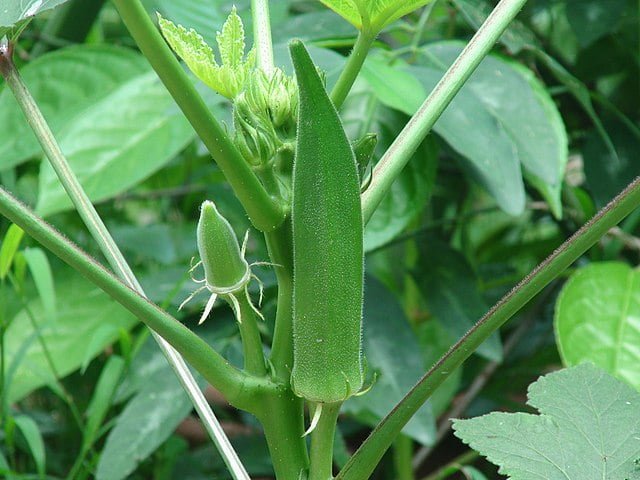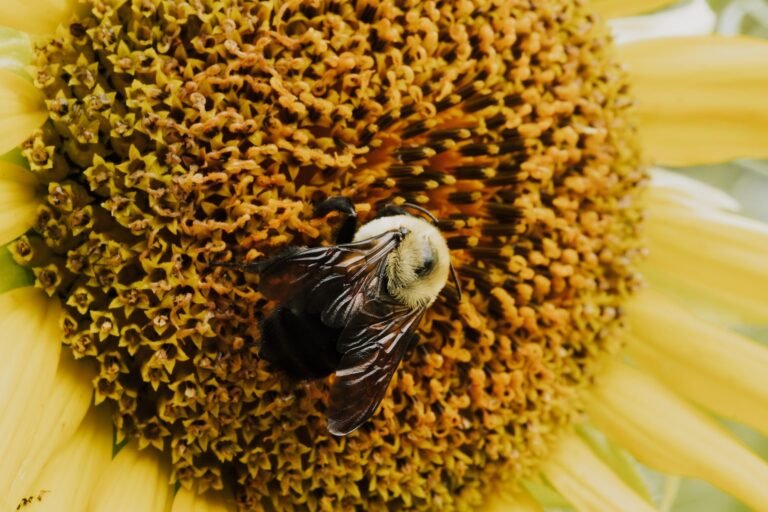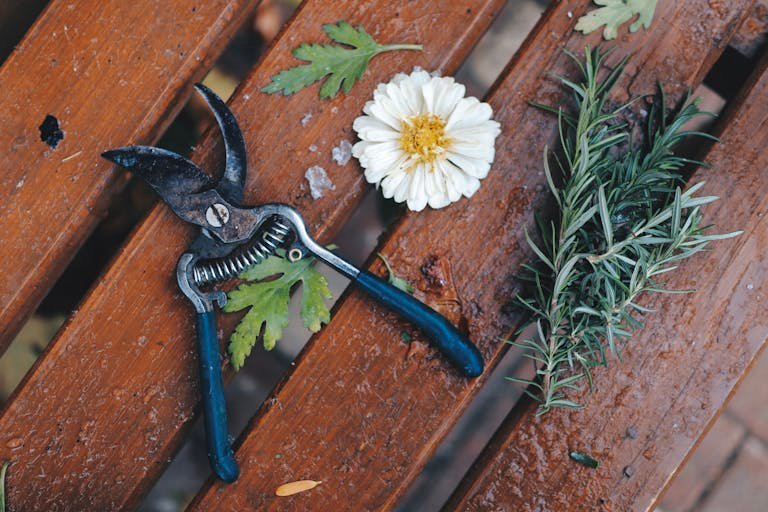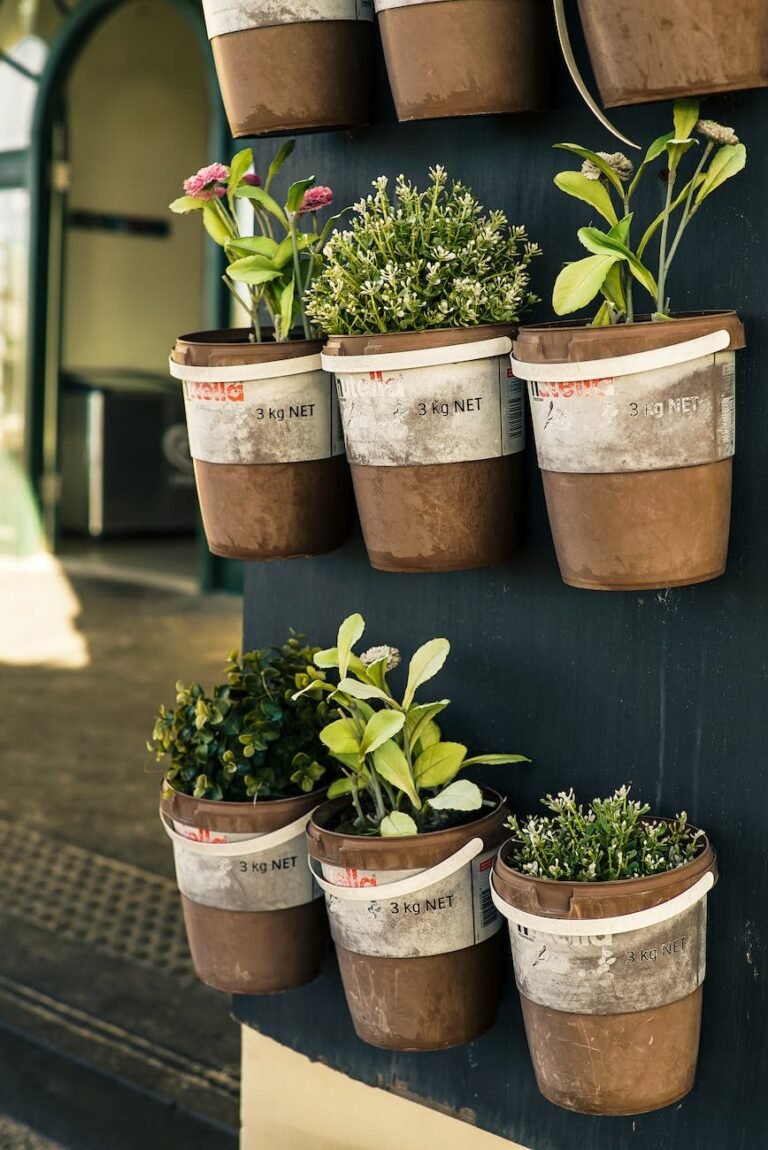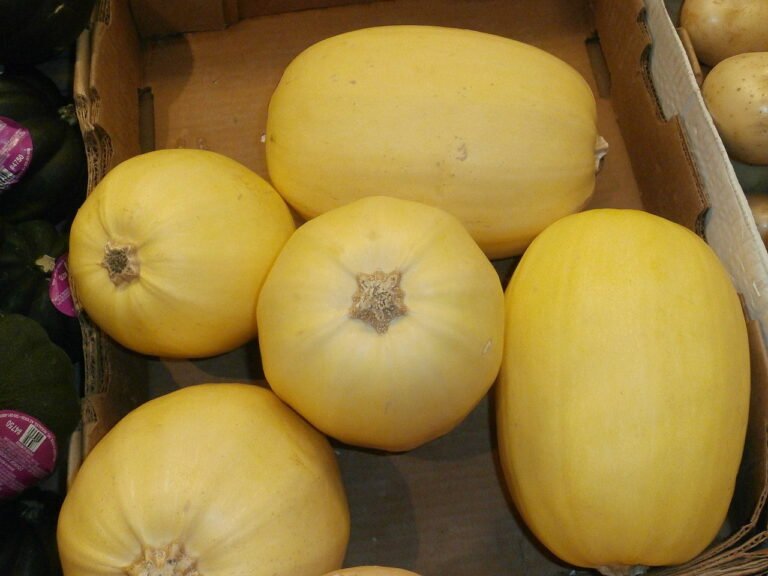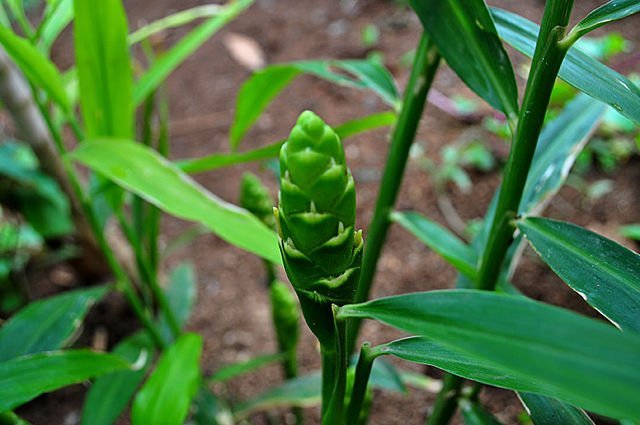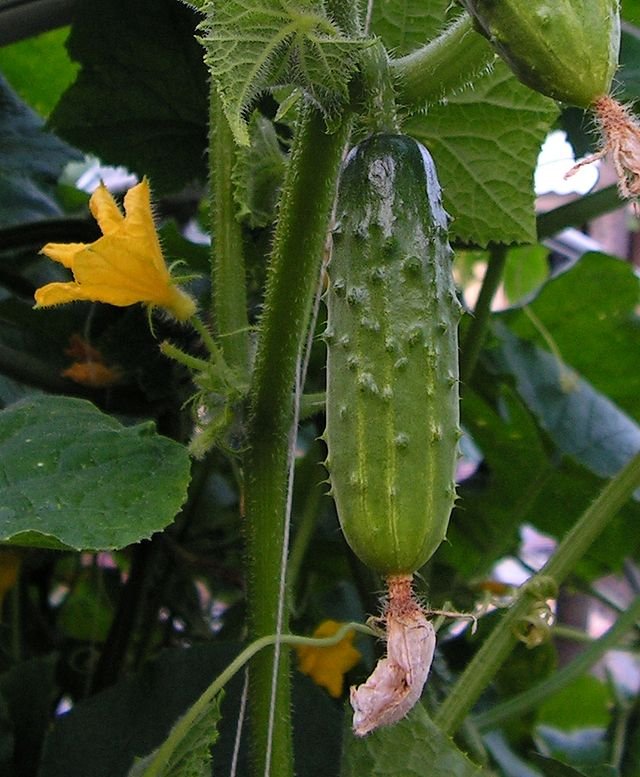Okra Odyssey: The Ultimate Guide to Growing Your Own ‘Fingers of Love’
Hello there, aspiring gardeners and veggie enthusiasts! Are you ready to embark on a journey filled with garden-fresh flavours and vibrant green colours? Get set to explore the world of growing okra, a wonderfully versatile and healthy addition to your home vegetable garden. So, grab your trowel and sun hat, because we’re diving into the magic of okra growing!
Decoding the ‘Finger of Love’: An Introduction to Okra
Originally from Africa and with a flavour that’s delightfully unique, okra is often associated with Southern American cuisine. With its rich vitamin C, fiber, and folate content, okra is as nutritious as it is delicious. It’s time to turn your green fingers into ‘Fingers of Love’ – a cute nickname for our star veggie!
Planting the Seed: The Start of Your Okra Journey
Okra is a heat-loving plant that thrives in full sun and well-draining soil. Sow your okra seeds directly into the garden after all threat of frost has passed and soil temperatures are consistently above 60 degrees Fahrenheit. Space the seeds 1 inch deep and 12-18 inches apart, in rows that are 3 feet apart.
Raising Your Okra Right: Okra Care and Maintenance
Okra is a hardy plant and, once established, only requires basic care. Regular watering is essential, but ensure your soil isn’t waterlogged. To encourage healthy growth, add a layer of mulch around the plants to keep the roots cool and retain moisture. You can also feed your okra a balanced vegetable fertilizer for a nutrient boost.
Reaping the Reward: Harvesting Your Okra
With okra, timing is everything! The best time to harvest okra pods is when they are about 2-4 inches long. If the pods get too big, they can become tough and woody. A small, sharp pair of pruners or scissors will make the process easier and reduce plant damage. And remember, the more you pick, the more they produce!
Tackling Troubles: Common Okra Growing Challenges
While okra is generally low maintenance, keep an eye out for common pests like aphids and stink bugs. You can control these with insecticidal soap or by introducing beneficial insects like ladybugs. Okra can also suffer from root-knot nematodes. To counter this, practice crop rotation and choose nematode-resistant varieties.
Conclusion: The Okra Adventure Awaits
Growing your own okra is an incredibly rewarding experience. From the first sprout to the moment you bite into your home-grown, freshly-cooked okra, the journey is filled with learning, fun, and flavour. So, why wait? Start your okra adventure today!
Enjoyed this post? Share the green goodness with your fellow garden enthusiasts and foodies! And don’t forget to subscribe to our blog for more exciting vegetable-growing journeys. Here’s to plentiful harvests and joyous gardening!
Happy growing!

